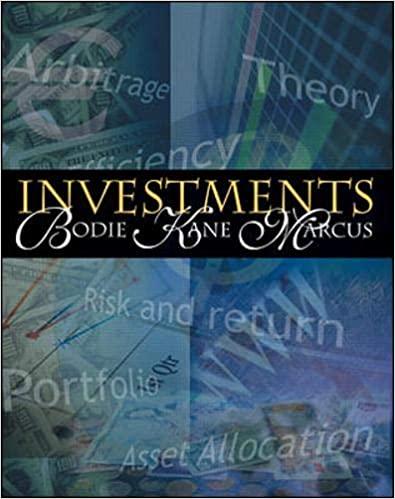Answered step by step
Verified Expert Solution
Question
1 Approved Answer
Show work Calculation please and base on US policies on question 23 and 24 1) Julian, age 45, would like to determine how much life
Show work "Calculation" please and base on US policies on question 23 and 24


1) Julian, age 45, would like to determine how much life insurance to purchase using the human life value approach. He assumes his average annual earnings over the next 21 years will be $50,000. Of this amount, $30,000 is available annually for the support of his family. Julian will generate this income for 21 more years and he believes that 5 percent is the appropriate interest (discount) rate. What is Julian's human life value (to the nearest $1,000)? A) $256,000 B) $385,000 C) $410,000 D) $672,000 2) Jessica is an agent for LMN Life Insurance Company. She met with Brad, who was interested in purchasing life insurance. Jessica explained the various uses of life insurance, including income for Brad's wife during the 1- or 2-year period following Brad's death. This period is known as the A) dependency period. B) estate clearance period. C) blackout period. D) readjustment period. 3) Sarah is using the needs approach to determine how much life insurance to buy. Her cash needs are $30,000; her income needs are $130,000; and special needs are $100,000. Sarah has the following assets: $20,000 in bank accounts, $30,000 in home equity (value of the house is $250,000 and she owes $220,000 on her mortgage), and $40,000 in investment accounts. Sarah owns no individual life insurance. She is covered by a $50,000 group life insurance policy through her employer. Based on this information, how much additional life insurance should Sarah purchase? A) $80,000 B) $130,000 C) $150,000 D) $160,000 23) Cassie, age 62, paid a life insurer $100,000 in exchange for a life annuity of S500 per month If Cassie dies before receiving 180 monthly payments from the insurer, the remainder of the 180 payments will be made to a beneficiary. If Cassie dies after receiving 180 payments, no additional payments are made by the insurer. Cassie has purchased a(n) A) life annuity, no refund. B) life annuity with 15 year guarantee. C) installment refund annuity. D) cash refund annuity. 24) Brad funded a straight life deferred annuity by paying $500,000 on his 50th birthday. Brad expected to receive monthly annuity payments starting at age 60, but Brad died at age 59 before any payments were made. Which of the following statements is true regarding Brad's annuity? A) Brad's beneficiary is entitled to receive $500,000 upon Brad's death B) Brad's beneficiary is entitled to receive $500,000, but will not receive payment until what would have been Brad's 60th birthday C) Brad's beneficiary will receive annuity payments until a total of $500,000 has been paid out D) Brad's beneficiary is not entitled to any money
Step by Step Solution
There are 3 Steps involved in it
Step: 1

Get Instant Access to Expert-Tailored Solutions
See step-by-step solutions with expert insights and AI powered tools for academic success
Step: 2

Step: 3

Ace Your Homework with AI
Get the answers you need in no time with our AI-driven, step-by-step assistance
Get Started


